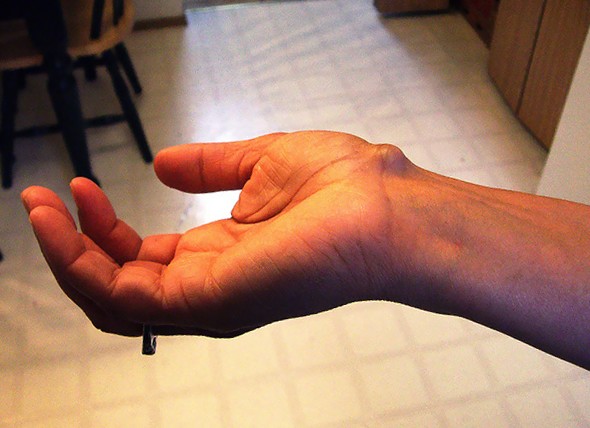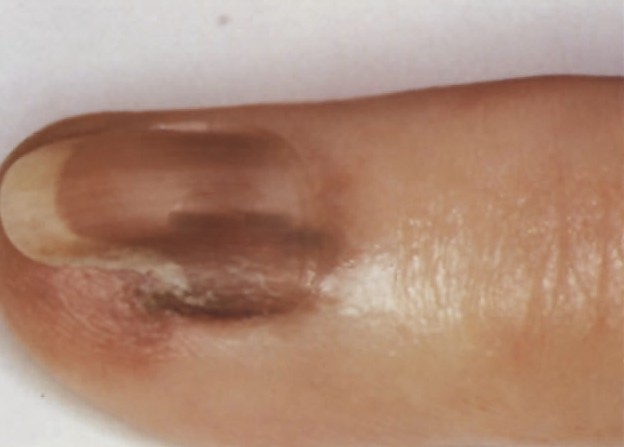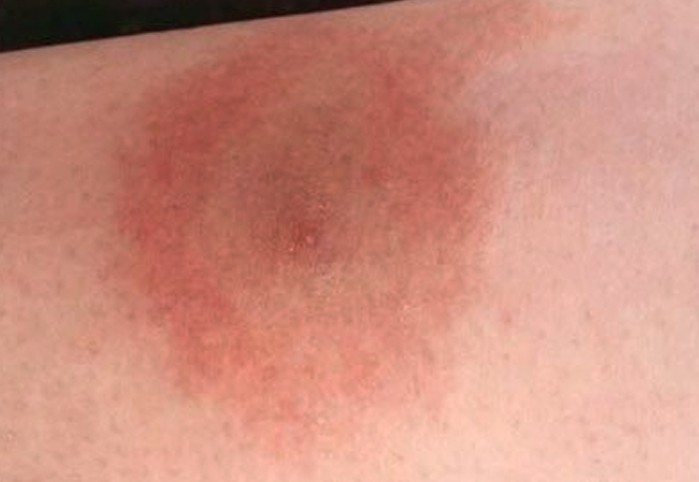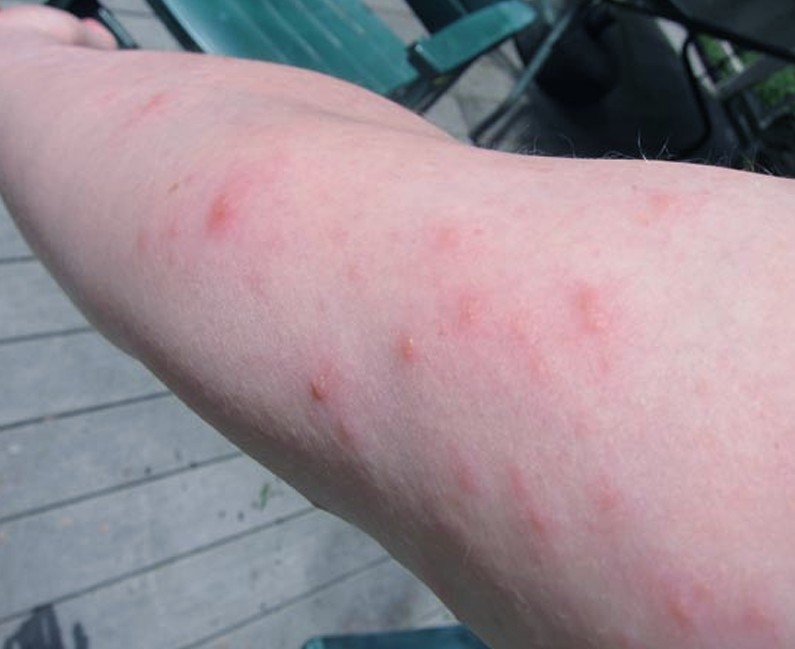What is Club foot?
Clubfoot, otherwise known as talipes equinovarus, is a deformity affecting the foot and the ankle wherein it is turned inward and downward. This condition is found to be more common in children, especially the female ones. The frequency of it afflicting this young population is approximately 1 in every 1,240 live births. Clubfoot deformity in children is found that there is a muscular imbalance in the lower leg, leading to the foot being drawn by the stronger and the opposing muscles located at the plantar aspect of the foot and the back of the leg. In addition, most of the cases of clubfoot appear bilaterally, meaning, both feet are affected.
Clubfoot can be classified in two. It can either be positional or postural, or it can be fixed or rigid. The former is considered not a true clubfoot, though, and fixed or rigid clubfoot can also be flexible or resistant.
Based on history, medical professionals performed surgery on patients with clubfoot in a way that does not consider the severity, until Bensahel proposed a more customized approach for each patient, taking into consideration the extent of the deformity.
Club foot Symptoms
There are actually different types of clubfoot, but the following are the typical foot deformities that are associated with the condition:
- Plantarflexion – the ankle is twisted downward
- Cavus foot – the foot arch is unusually high
- Varus – the heel assumes the position of inversion, which draws the forefoot inward as well
- Forefoot adduction – the forefoot is drawn downward
- Stiffness of the ankle or tendons
- One calf may appear shorter compared to the other
- Limited range of motion on the affected foot
The following is the more detailed anatomical presentation of the significant structures affected in clubfoot:
Bone
- The tibia will be slightly shortened.
- Shortening in the fibula is very common.
- The ankle mortise is in equinus position as the body of the talus is rotated externally, extruded to an anterolateral position, which makes it palpable to one’s touch.
- The navicular bone is medially subluxated over the head of the talus.
- The cuboid bone is also subluxated medially over the calcaneal head.
- The forefoot is adducted and supinated.
Muscle
- There is an atrophy of the anterior leg muscles, making it difficult for the foot to assume a neutral position.
- Muscle fibers are seen to be normal in number, but they grew into smaller sizes.
- Since the anterior leg muscles are weak, the strong muscles of the back of the leg particularly the posterior tibialis, triceps surae, flexor digitorum longus (FDL), and the flexor hallucis longus (FHL).
- The calf muscle of the affected foot would assume a permanent smaller size even following successful correction procedures.
Other Structures
- Tendon sheaths of the tibialis posterior and the peroneal muscles usually thicken.
- Joint capsules will become stiff and contracted.
- Important ligaments of the feet will also become contracted especially the calcaneofibular, talofibular, deltoid, plantar, spring, and bifurcate ligaments.
- Plantar fascia contracture is common and contributes to the cavus deformity.
Club foot Causes
The true cause of clubfoot has not yet been determined even after various studies and research have been made. Most of the children that have been affected with this condition have not shown any genetic predispositions, syndromal, or extrinsic causes. Genetic causes may include diastrophic dwarfism or autosomal recessive pattern of clubfoot inheritance. Extrinsic factors may include oligohydramnios, teratogenic agents and congenital constriction rings.
The following are the theories which medical professionals believe to have been the cause of clubfoot:
- There has been an interruption of the fetal development at the level of the fibular bone.
- The cartilage lining of the talus is defective.
- Neurogenic factors are explained by the abnormalities found in the posteromedial and the peroneal muscle groups. This is further believed to be due to an abnormality in its innervations during the fetal development secondary to a neurologic event affecting the mother.
- Based on studies conducted of a fetus, the collagen on the ligaments and tendons are loose compared to the Achilles tendon which are tightly crimped and is resistant to stretching.
- Inclan proposed that it can be due to an anomalous tendon insertion, but this have not gained sufficient support by other studies as majority of them believed that the deformity of the foot would just actually make it appear that tendon insertions are anomalous.
- Robertson also believed that climate changes have an influence on the development of clubfoot. This is closely linked to the occurrence of poliomyelitis in children in the same community. Thus, clubfoot is said to be a sequela of prenatal poliolike conditions.
Club foot Treatment
Before treatment can be given to patients, radiographic imaging techniques, although not generally required, can be done to provide a baseline before and after surgery is done. Radiographs will actually provide a clearer and better view as to the exact position the foot has assumed. This way the orthopedist would have better treatment plan for the patient.
Medical therapy aims to correct the deformity as early as possible and maintain the correction until growth cessation. As mentioned, clubfoot can be classified as flexible and resistant. Flexible ones can be corrected through manipulation, serial casting, and splinting. Resistant clubfoot can be given an early operation as this clubfoot type poorly responds to splinting and assumes to its original state after what seems to be a successful manipulative treatment.
Another way of managing this condition is to follow the Ponseti method. This method includes regular manipulation of the foot to reverse the position of the deformity. The key deformity is a supinated and plantarflexed foot; therefore, stretching is aimed toward the opposite position. This can then be followed by serial casting to hold the corrected position in place. The cast will be changed weekly during each session, and the baby’s foot will get corrected each time it is stretched and manipulated.
Achilles tendon release can be done depending on the assessment of the physician. This is a very common and minor operation babies can handle.
Special boots attached to a bar can be used after the foot has been fully corrected to hold the foot in the corrected position. Boots are usually worn 23 hours a day for 3 months. After 3 months, boots can be worn during sleeping time until the child reaches four years old.
Club Foot Pictures
Collection of Photos, Images and Pictures of Club foot…











Hi
My baby girl is 6 years old and her right foot is affected by this condition of club foot.
She has had a series of procedures which assisted in partially correcting the abnormality.
However, du to us attending a Government facility, the reverse sole boots which she requires, is not available for a while now.
If she does not use this boots, will the condition worsen?
I am very concerned and worried as her doctor mentioned that she will possibly have to go for further surgery due to this.
Please advise.
Thank you
I suffer from club foot and am suffering the pain and the saws when I tell people they look at me like a creep and think I am wired and different but many people have this problem and you just have to roll with it so to all people out there who have club foot I say your not alone and we are all in this together by Mitch – 14 years of age